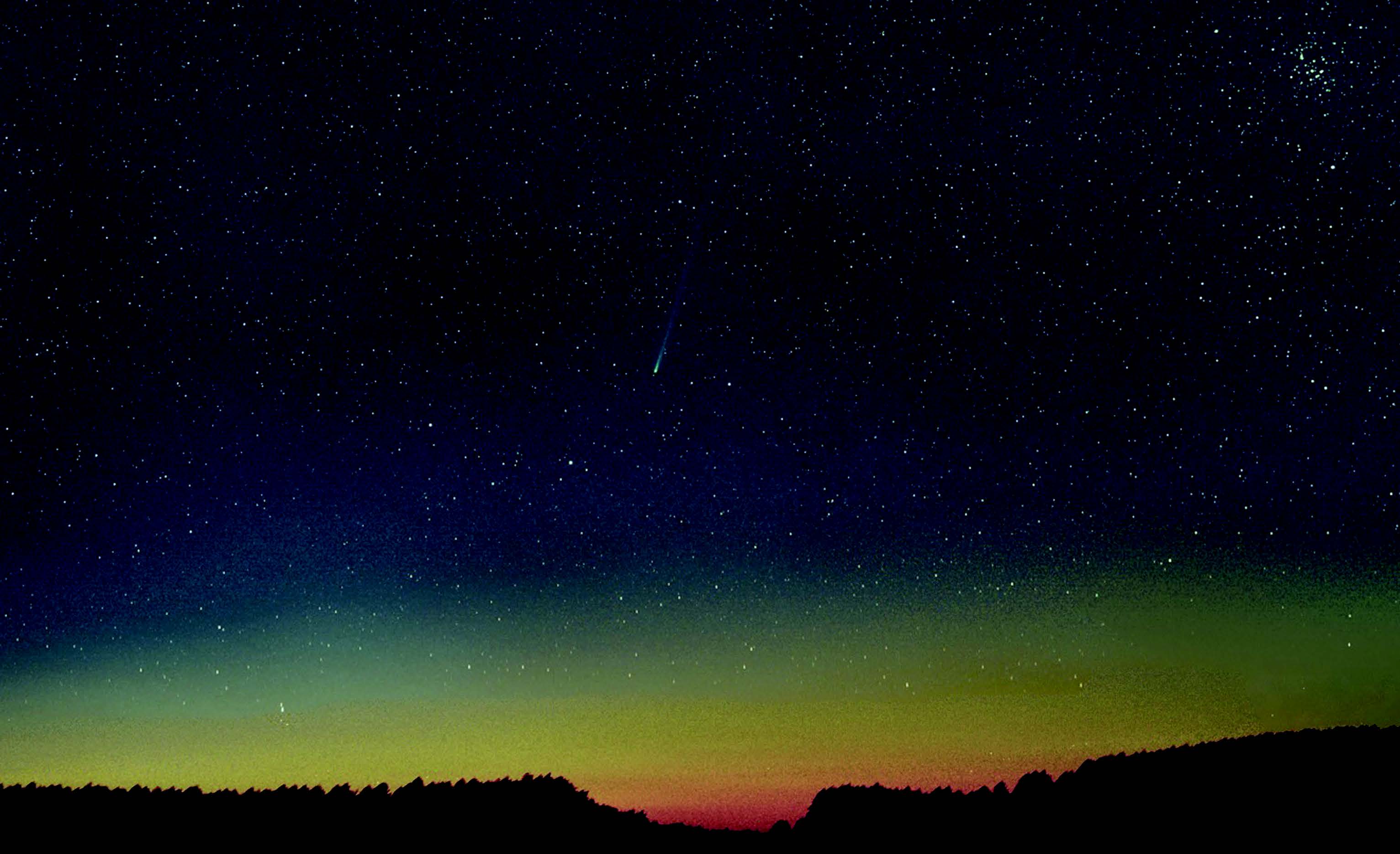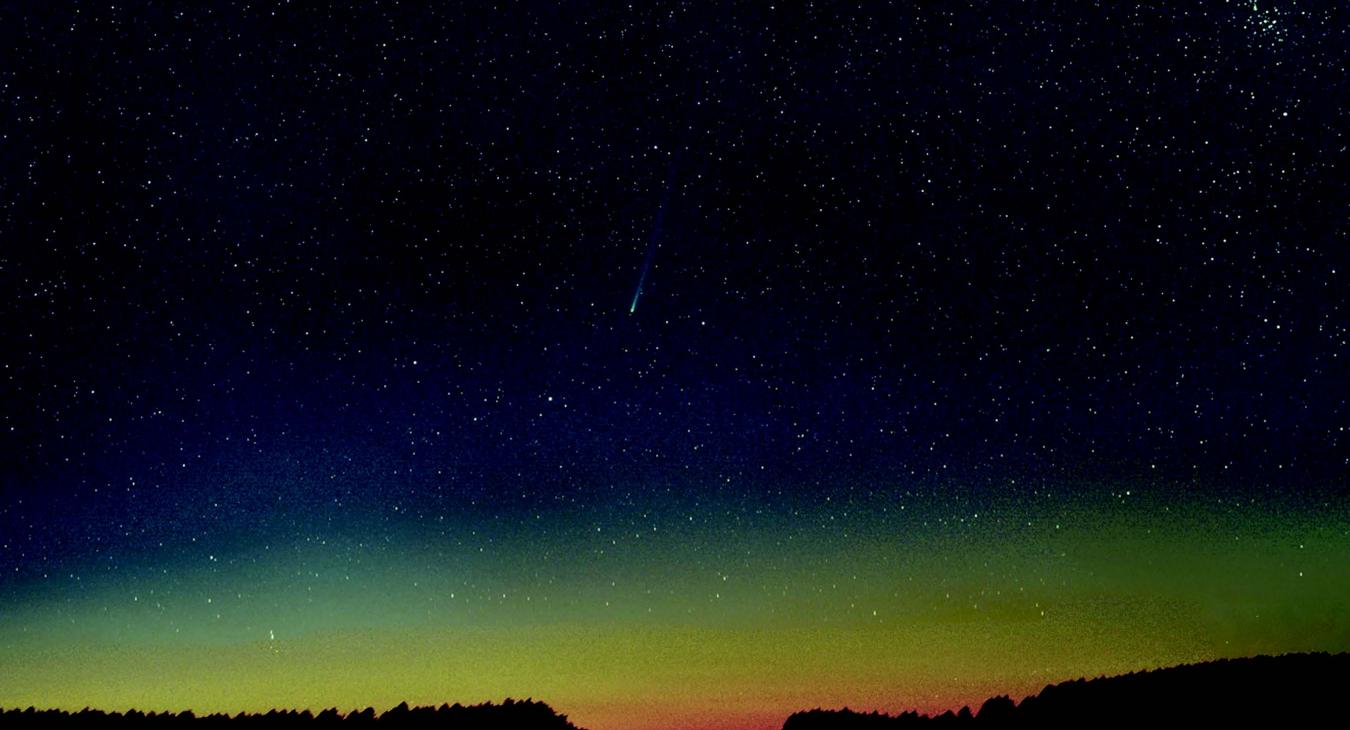The planetary show we’ve been enjoying in the evening sky since the latter part of 2023 still has a few more months to run, although only a few planets remain visible. The primary performer is Jupiter, which is high in the western sky at the end of dusk and sets an hour or so before midnight. Throughout the back half of March, Mercury is also visible in the early evening during dusk, setting around the end of twilight.
Our morning skies are almost totally devoid of planets this month, with the ones that are visible not rising until after the beginning of dawn. Mars continues its slow climb into the morning sky but remains low in the east, while Venus continues its descent deeper into twilight. Saturn, which passed on the far side of the sun at the end of February, has a close conjunction with Venus on the morning of Thursday, March 21, but this event takes place very low in the dawn and will be hard to see.
On Sunday night/Monday morning, March 24-25, the moon passes through the outer portion, or “penumbra,” of Earth’s shadow, creating a small eclipse. Mid-eclipse takes place shortly after 1 a.m. MDT. For perhaps an hour on either side of that time the moon will appear grayish and hazy compared to the full moon’s normal appearance.
We have an interesting comet visiting our skies this spring. Comet Pons-Brooks returns approximately every 70 years, and was last seen in 1954. It was discovered in 1812, although recent studies have found it to be identical to comets recorded by skywatchers in 1385 and 1457. It was possibly recorded by Chinese astronomers as far back as A.D. 245.
Comet Pons-Brooks has been visible in backyard telescopes since the late summer of last year. During March, it can be seen in our evening sky as it travels through the constellations of Andromeda, Pisces and Aries. On Saturday evening, March 30, it is close to the star Hamal, the brightest star in Aries. Throughout March it should be easily detectable with binoculars. By month’s end, it should be dimly visible with the unaided eye.


